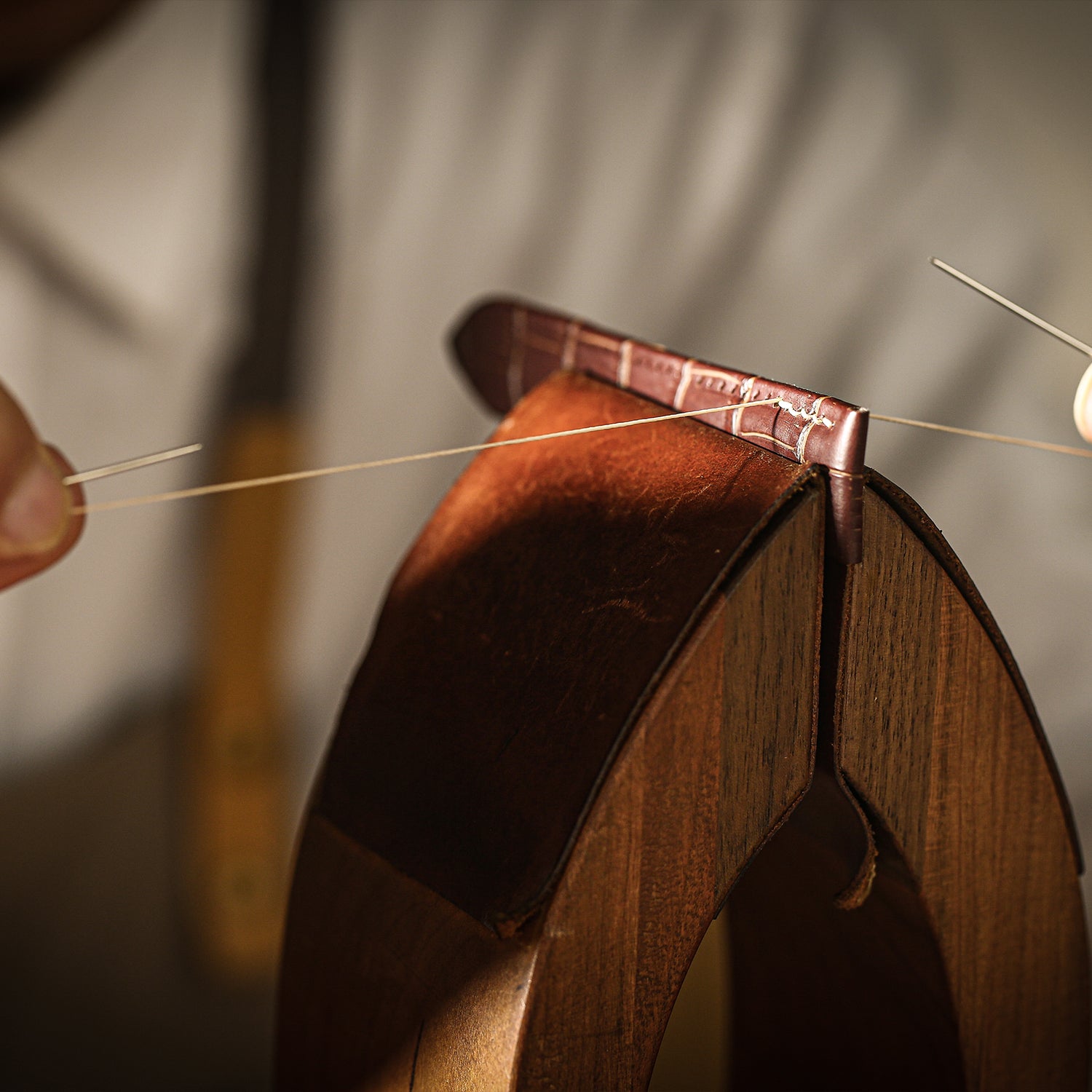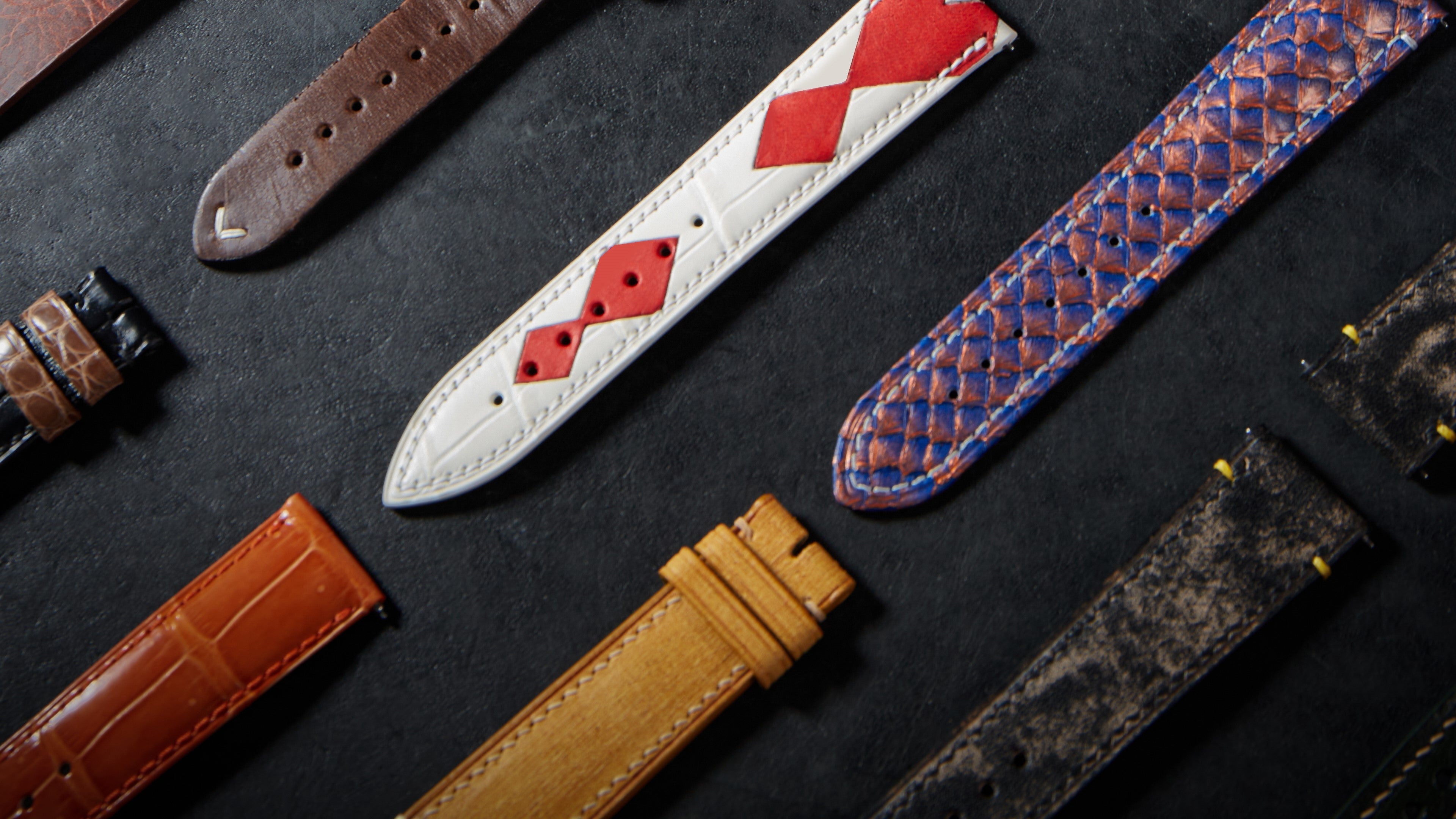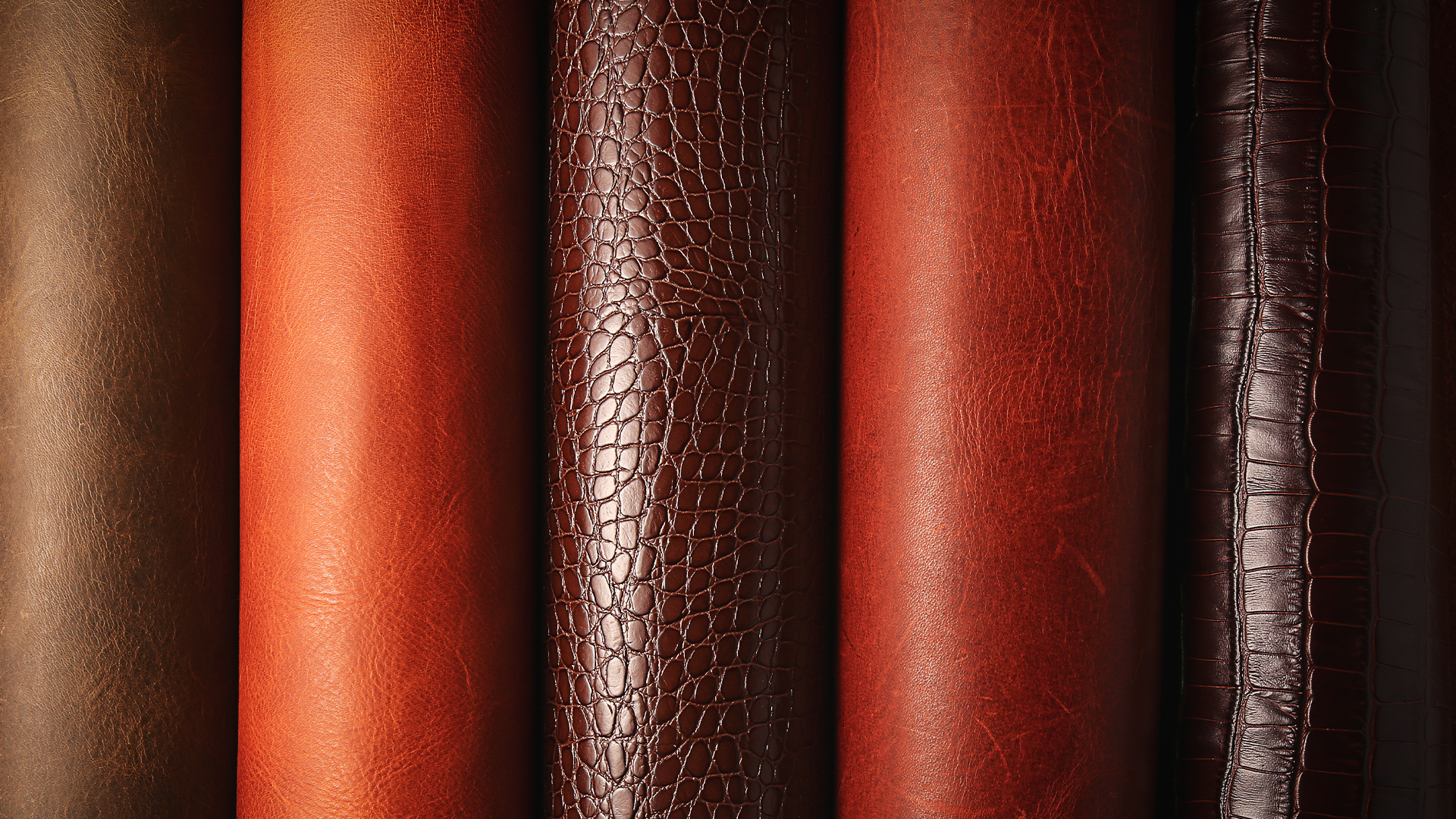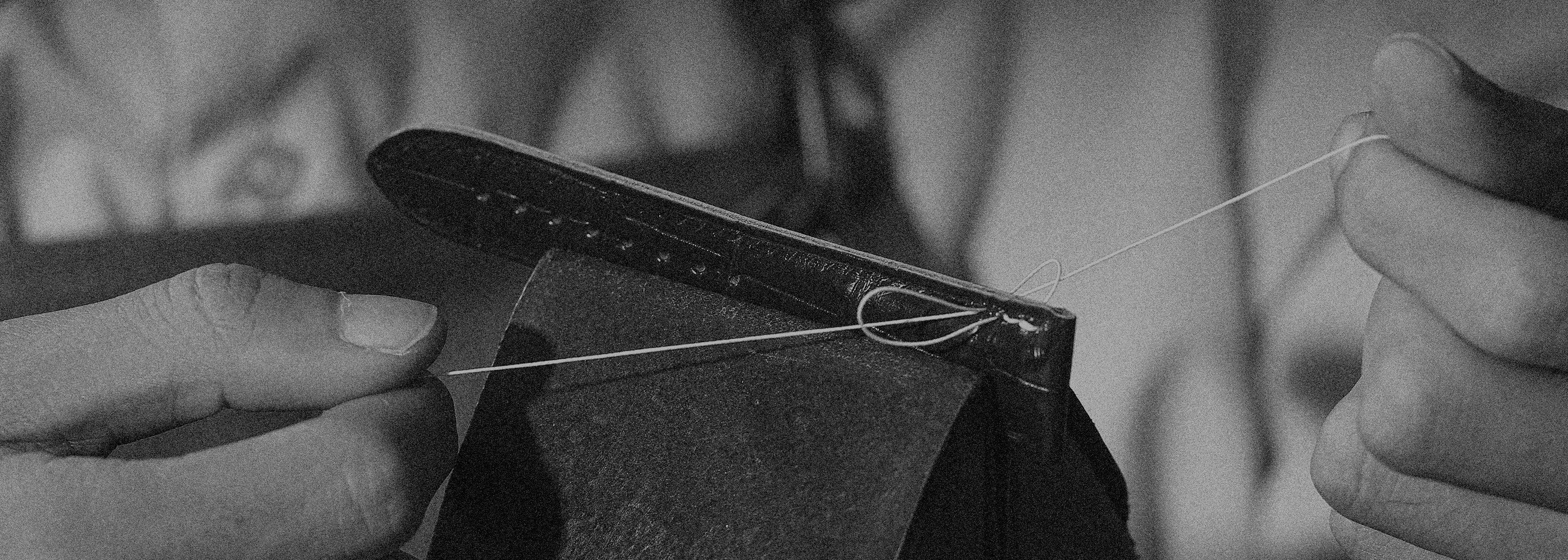When it comes to watch collecting, the strap is often the first component to show signs of wear. While a well-crafted timepiece can last generations, watch straps have a more limited lifespan that depends on material, usage, and care. If you’ve ever wondered how long different types of straps actually last, this guide will give you a clear picture.
1. Leather Straps
Average lifespan: 1–3 years (with regular use)
Leather straps are timeless and versatile, but they are also sensitive to sweat, moisture, and bending.
Calfskin leather: Offers comfort and affordability but usually wears out within 1–2 years if worn daily.
Exotic leathers (alligator, crocodile, ostrich, etc.): Denser fibers and unique patterns give them longer durability — usually up to 3 years or more with proper care.
Factors affecting lifespan: Humidity, wrist sweat, and exposure to water can significantly reduce longevity.
Tip: Always remove your watch before swimming or exercising to extend the life of a leather strap.
2. Rubber Straps
Average lifespan: 2–5 years
High-quality fluororubber (FKM) or vulcanized rubber straps are extremely durable and resistant to sweat, UV light, and saltwater.
Standard rubber/silicone straps: Affordable but can crack or become sticky over time (2–3 years).
Premium FKM rubber straps: Maintain flexibility, resist fading, and can easily last 5 years or more.
Tip: Rinse your rubber strap with clean water after swimming in saltwater to prevent residue buildup.
3. Fabric & NATO Straps
Average lifespan: 6 months – 2 years
Fabric straps, whether nylon, canvas, or sailcloth, are lightweight and comfortable but tend to wear faster.
Nylon NATO: Can last 1–2 years, but frequent washing and sweat exposure will shorten lifespan.
Canvas: Stylish but less durable than nylon. Often frays after 6–12 months of heavy wear.
Tip: Rotate multiple fabric straps to keep them fresher for longer. They’re affordable, so think of them as seasonal accessories.
4. Metal Bracelets
Average lifespan: 10+ years
Metal bracelets (stainless steel, titanium, or precious metals) are by far the most durable option. They can last decades with occasional cleaning and maintenance. However, they are prone to scratches, and clasps or links may loosen over time.
Tip: A professional polish or link adjustment can bring new life to an old bracelet.
5. Which Strap Is Right for You?
Want everyday durability? → Go for FKM rubber or a steel bracelet.
Prefer elegance and prestige? → Choose alligator or crocodile leather.
Love to switch styles often? → Nylon or fabric straps offer endless versatility at low cost.
Final Thoughts
No strap lasts forever — but choosing the right material for your lifestyle can make a huge difference. Whether you value the luxurious texture of exotic leather or the rugged reliability of rubber, understanding strap lifespans helps you plan your rotation and replacement schedule.
And remember: a fresh strap doesn’t just replace an old one — it completely refreshes the look of your watch.








Leave a comment
All comments are moderated before being published.
This site is protected by hCaptcha and the hCaptcha Privacy Policy and Terms of Service apply.